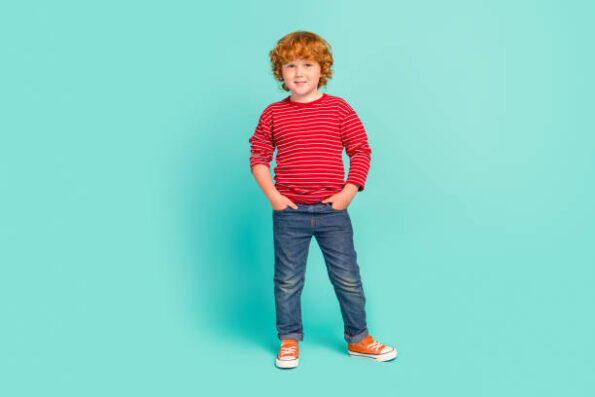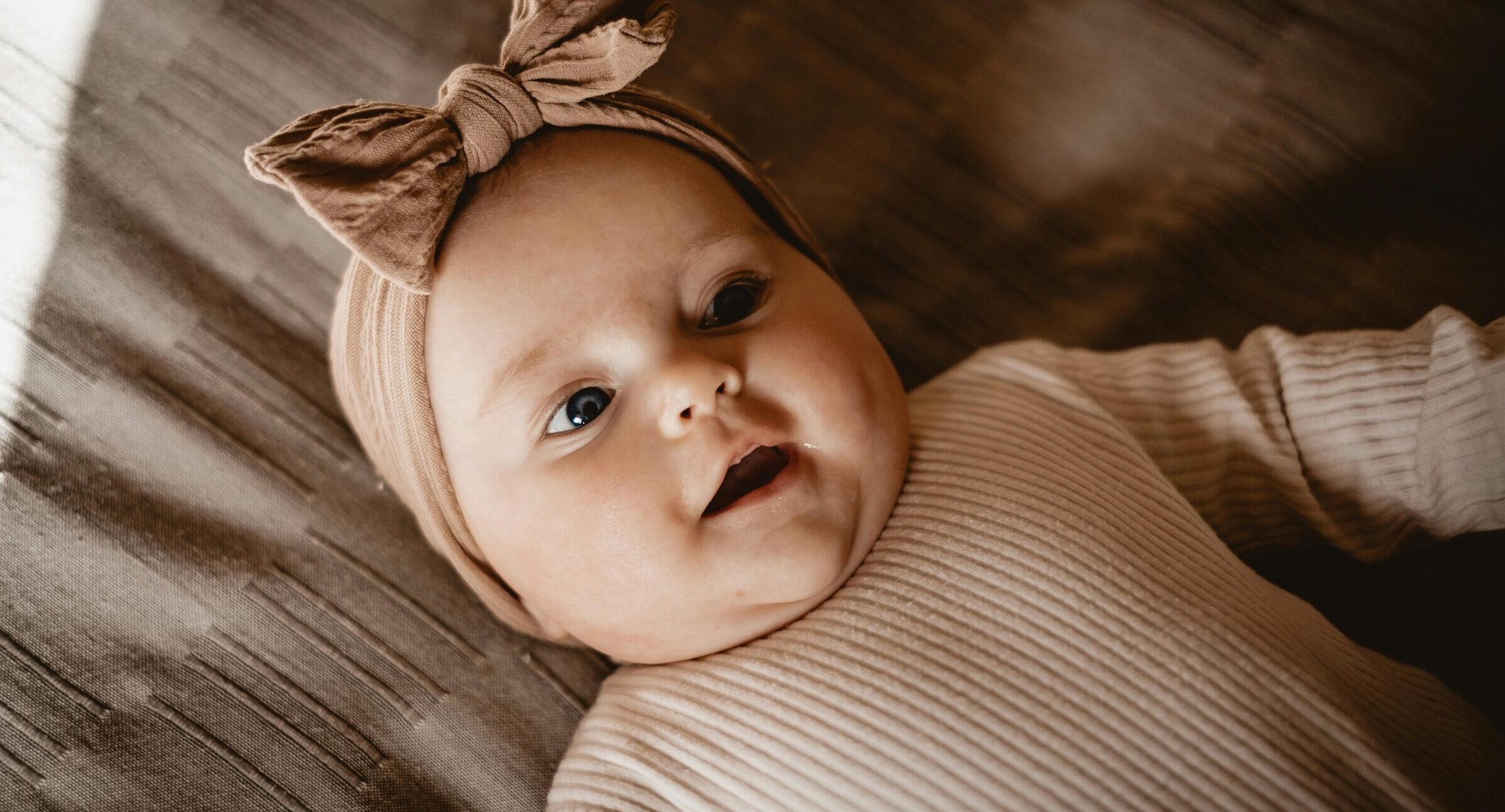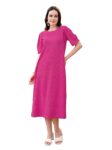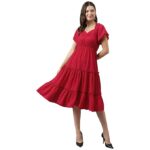Breathable fabrics are essential for babies and kids because their skin is soft, delicate, and more sensitive than adults. When little ones wear clothes that don’t allow air circulation, it can lead to overheating, rashes, and discomfort. Parents often choose outfits for style or price, but the fabric your child wears plays a much bigger role in keeping their skin safe. If you’re looking for soft and safe options, check out DesiHatt for kid-friendly clothing that blends comfort with style.
Why Breathable Fabrics Are Important for Babies and Kids
1. Children’s Skin Is More Sensitive
Babies’ and toddlers’ skin can react easily to heat, rough textures, and chemicals in fabric. Breathable fabrics reduce the risk of:
- Rashes
- Redness
- Itching
- Heat bumps
- Skin allergies
2. They Sweat More
Babies and children are more active and have a higher body temperature. They may sweat more, especially during sleep or play. Breathable fabrics absorb sweat and allow air to move, keeping the skin cool and dry.
3. They Can’t Always Communicate Discomfort
Young kids can’t always tell you when they feel hot, itchy, or uncomfortable. Soft and breathable clothes help prevent discomfort without needing words.
4. Breathable Fabrics Prevent Overheating
Overheating in babies can be dangerous and increase the risk of sudden infant death syndrome (SIDS). Loose-fitting, breathable clothing helps regulate their body temperature safely.
What Does ‘Breathable Fabric’ Mean?
Breathable fabric allows air and moisture to pass through it. This helps the skin stay cool, fresh, and dry. Good breathable fabrics:
- Let air circulate
- Absorb sweat
- Dry quickly
- Prevent odor and rashes
- Feel soft and gentle on the skin
Best Breathable Fabrics for Babies and Kids
Let’s look at some of the best safe and breathable fabrics for children:
1. Organic Cotton
- One of the most popular choices for babies and kids
- Very soft, breathable, and hypoallergenic
- Grown without pesticides or harmful chemicals
- Great for children with sensitive skin or eczema
Best for: Onesies, T-shirts, dresses, sleepwear, undergarments
2. Bamboo Fabric
- Naturally antibacterial and moisture-wicking
- Extremely soft and smooth
- Thermoregulating – keeps baby warm in winter and cool in summer
- Eco-friendly and biodegradable
Best for: Pajamas, swaddles, blankets, summer wear
3. Muslin
- A type of loosely-woven cotton
- Ultra breathable and lightweight
- Gets softer with every wash
- Dries quickly
Best for: Swaddle cloths, burp cloths, lightweight blankets
4. Linen
- Made from flax plant fibers
- Very breathable and moisture-absorbing
- Natural temperature regulator
- Becomes softer with use
Best for: Summer outfits, shorts, dresses
5. Hemp Fabric
- Strong, durable, and breathable
- Naturally resistant to bacteria and mold
- Gets softer over time
- Environmentally friendly
Best for: Outerwear, shirts, eco-friendly clothing
6. Modal (from beechwood)
- Lightweight and breathable
- Soft like silk but more durable
- Absorbs moisture better than cotton
Best for: Loungewear, leggings, t-shirts

Fabrics to Avoid for Babies and Children
Some fabrics may look cute or feel soft at first but can trap heat, irritate the skin, or contain harmful chemicals.
1. Polyester
- Non-breathable and traps heat
- Can cause sweating and rashes
- Made from synthetic plastic and chemicals
- Not ideal for daily wear or undergarments
2. Nylon
- Also synthetic and traps body heat
- Poor at absorbing sweat
- Can feel sticky and uncomfortable
3. Acrylic
- Not breathable
- May irritate sensitive skin
- Often used in winter clothes but can cause overheating
4. Fleece (Synthetic)
- Feels warm and cozy but traps moisture
- Can cause sweating and overheating in babies
5. Fabrics with Harsh Dyes or Finishes
- Bright colors or wrinkle-free labels may contain toxic dyes, formaldehyde, or flame retardants
- These chemicals can cause allergies and skin irritation
How to Choose Safe and Breathable Clothes for Kids
Here are helpful tips for parents when selecting clothes:
1. Always Read the Label
Check the fabric composition. Choose clothes with 100% cotton, organic cotton, bamboo, or linen. Avoid synthetic blends like “poly-cotton” for hot weather.
2. Look for Certifications
Labels like:
- GOTS (Global Organic Textile Standard)
- OEKO-TEX® Standard 100
- Fair Trade Certified
These ensure the fabric is free from harmful chemicals and safe for children.
3. Choose Light Colors
Lighter shades reflect heat and keep the body cooler. Also, they usually require fewer chemical dyes.
4. Pick Loose-Fitting Clothes
Tight clothes can restrict airflow and cause sweating. Loose clothes allow better movement and air circulation.
5. Avoid Tags and Rough Seams
Look for tagless or soft-stitched garments to reduce irritation and rubbing on sensitive skin.
6. Wash New Clothes Before Use
Even natural clothes can have dust or chemical residues from packaging. Wash all new clothes with gentle, fragrance-free detergent.
Breathable Clothing for Different Seasons
Summer
- Choose thin, soft fabrics like muslin, cotton, and bamboo
- Dress your child in light-colored, loose clothes
- Avoid synthetic athletic wear even for active kids
Winter
- Use layers of breathable fabric like cotton or wool
- Avoid heavy synthetic jackets that trap moisture
- Make sure the base layer (touching the skin) is breathable
Monsoon
- Moisture-wicking fabrics like bamboo and modal help keep the skin dry
- Use quick-drying fabrics for babies who drool or sweat a lot
Clothing Tips for Babies with Skin Problems
For Eczema or Allergies:
- Use GOTS-certified organic cotton
- Avoid polyester and wool directly on the skin
- Wash clothes in hypoallergenic detergent
- Use seamless clothing to avoid rubbing
For Diaper Rash:
- Let the diaper area breathe—use cotton bottoms
- Avoid tight synthetic diapers or pants
- Choose breathable, cloth diapers when possible
How Fabric Affects Sleep Quality
Did you know that the fabric your child wears can affect how well they sleep?
- Breathable sleepwear keeps babies from overheating
- Soft materials reduce itchiness and restlessness
- Choosing the right pajamas can help your baby sleep longer and more comfortably
Tip: Dress babies in one more layer than adults wear to bed, using soft, breathable sleep sacks or pajamas.
Eco-Friendly Benefits of Breathable Fabrics
Most breathable fabrics like organic cotton, bamboo, and hemp are also eco-friendly. They:
- Use fewer chemicals in farming and processing
- Break down naturally in the environment
- Reduce pollution from synthetic microfibers
- Are better for your child and the planet
By choosing breathable, natural fabrics, you’re making a sustainable and health-conscious choice for your family.
Conclusion: Keep It Soft, Simple, and Safe
Choosing breathable fabrics for babies and kids isn’t just about comfort — it’s about protecting their sensitive skin every day. Opting for natural, eco-friendly fabrics helps reduce irritation, keeps your child cool, and ensures long-lasting softness. For parents who want sustainable and skin-safe clothing options, EcoThread offers eco-conscious apparel that is both gentle and stylish. Your child deserves comfort, and breathable fabrics make all the difference.
Happy, healthy skin begins with the right fabric. Make every touch a gentle one.




